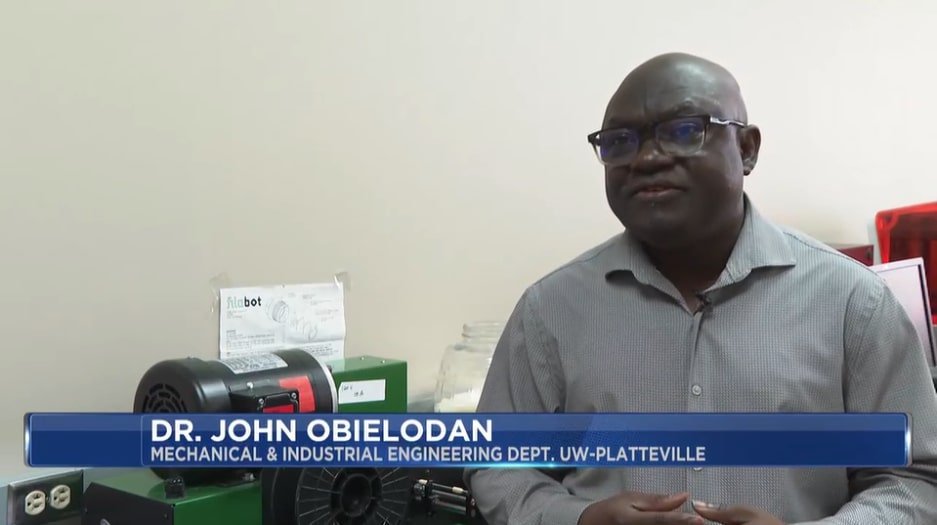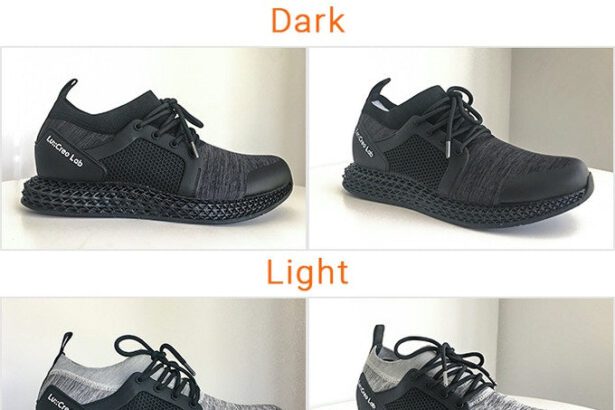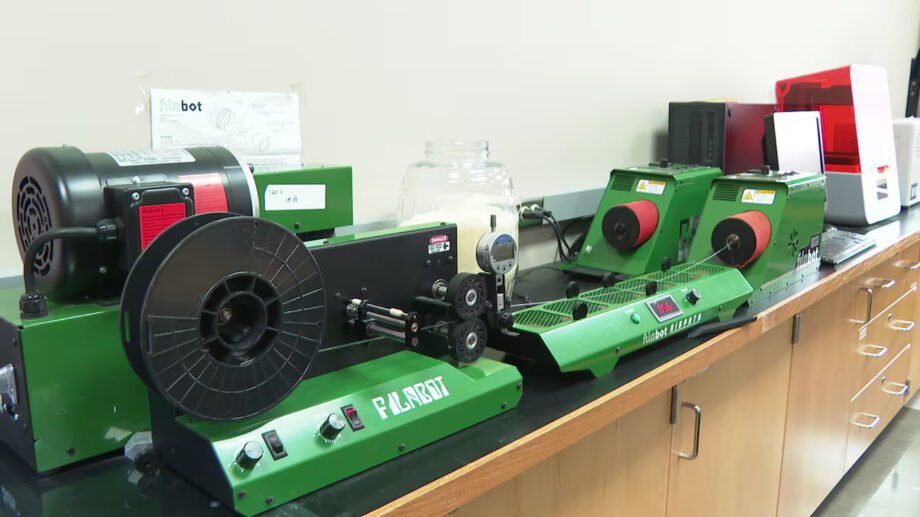Two Environmental Problems, One Dairy-Powered Solution
What if the plastic in your hands could help solve the global food waste crisis?
In a world struggling with both plastic pollution and dairy waste, researchers at the University of Wisconsin–Platteville have discovered a way to tackle both at once—by turning spoiled milk into a biodegradable 3D printing filament.
This isn’t a distant dream; it’s a patented reality. In this article, we’ll explore how this innovation works, who made it possible, and why it could reshape sustainable manufacturing while supporting America’s dairy farmers.
The Problem: Plastic Pollution Meets Dairy Waste
Our planet faces two mounting challenges—both of which this discovery directly addresses.
1. The Plastic Predicament
According to the UN Environment Programme, the world generates more than 400 million tonnes of plastic waste each year. Traditional petroleum-based plastics can linger in the environment for centuries, choking ecosystems and harming wildlife. Even industries like 3D printing, which promote on-demand manufacturing, still rely heavily on non-biodegradable materials.
2. The Dairy Dilemma
In agricultural states such as Wisconsin, surplus milk and supply-chain inefficiencies lead to significant waste and financial loss. During the COVID-19 pandemic, millions of gallons of milk were dumped, highlighting the need for sustainable, value-added uses for spoiled dairy products.
The Breakthrough: Engineering a Circular Solution
Behind this innovation are two UW-Platteville professors—Dr. John Obielodan (Mechanical Engineering) and Dr. Joseph Wu (Chemistry). Their collaboration bridges chemistry and engineering to create a circular solution to two global issues.

Their process centers on harnessing milk proteins—specifically casein and whey—which naturally form polymers. After extracting, purifying, and processing these proteins, the team successfully produced a strong, flexible, and printable biopolymer filament.
One of the biggest challenges was achieving the right balance of strength, flexibility, and print reliability—a critical factor for 3D printing applications. Their success demonstrates how agricultural waste can become an advanced manufacturing material.
Why This Milk-Based Plastic Is a Game-Changer
This patented milk plastic delivers environmental, economic, and educational benefits—a triple win for sustainability and innovation.
Environmental Advantages
- Biodegradable: The filament decomposes naturally, reducing long-term environmental impact.
- Circular Economy Model: By upcycling spoiled milk into a valuable resource, it closes the loop between waste generation and material production.
Economic and Educational Impact
- New Revenue Stream for Farmers: Instead of wasted product, farmers gain access to a potential new market for spoiled milk.
- Backed by Research Funding: The project received $180,000 in grants from the Wisconsin Dairy Innovation Hub, validating its potential and supporting regional innovation.
- Hands-On Learning: UW-Platteville students contributed to purification, testing, and development—gaining real-world research experience that prepares them for careers in sustainability and materials engineering.
From Lab to Patent: How the Invention Took Shape
Every major innovation begins with a spark of inspiration. For Dr. Obielodan and Dr. Wu, that moment came during the pandemic’s milk-dumping crisis. Instead of waste, they saw opportunity: “How can we add value to this lost resource?”
Their collaboration merged chemistry’s molecular insight with engineering’s practical problem-solving. The result was a U.S.-patented technology that not only proves scientific novelty but also demonstrates commercial viability—ready to scale and transform industries.
The Future of Biodegradable 3D Printing Filament
Now that proof-of-concept has been achieved, the focus shifts from “Can we do it?” to “How do we bring it to the world?”
The research team is seeking industry partners to license the patented filament and collaborate on scaling production. Their vision is to partner with 3D printing and bioplastics manufacturers to commercialize the product for widespread use.
Future applications could go beyond filament, extending into:
- Sustainable packaging
- Disposable utensils
- Medical and lab components
- Educational kits for material science
By replacing petroleum-based plastics with biodegradable, dairy-derived alternatives, UW-Platteville’s innovation could help shape the next generation of eco-friendly manufacturing.
Conclusion: Rethinking Waste for a Sustainable Future
UW-Platteville’s work proves that sustainability and innovation can go hand in hand.
By reimagining spoiled milk as a raw material for 3D printing, the team has provided a blueprint for the circular economy in action—one that benefits the planet, farmers, and future engineers alike.
As industries and consumers increasingly seek greener alternatives, this dairy-powered bioplastic offers a tangible example of how waste can be redefined as opportunity.
What other overlooked waste streams could be transformed into valuable materials? Could your business be part of the next circular innovation?




